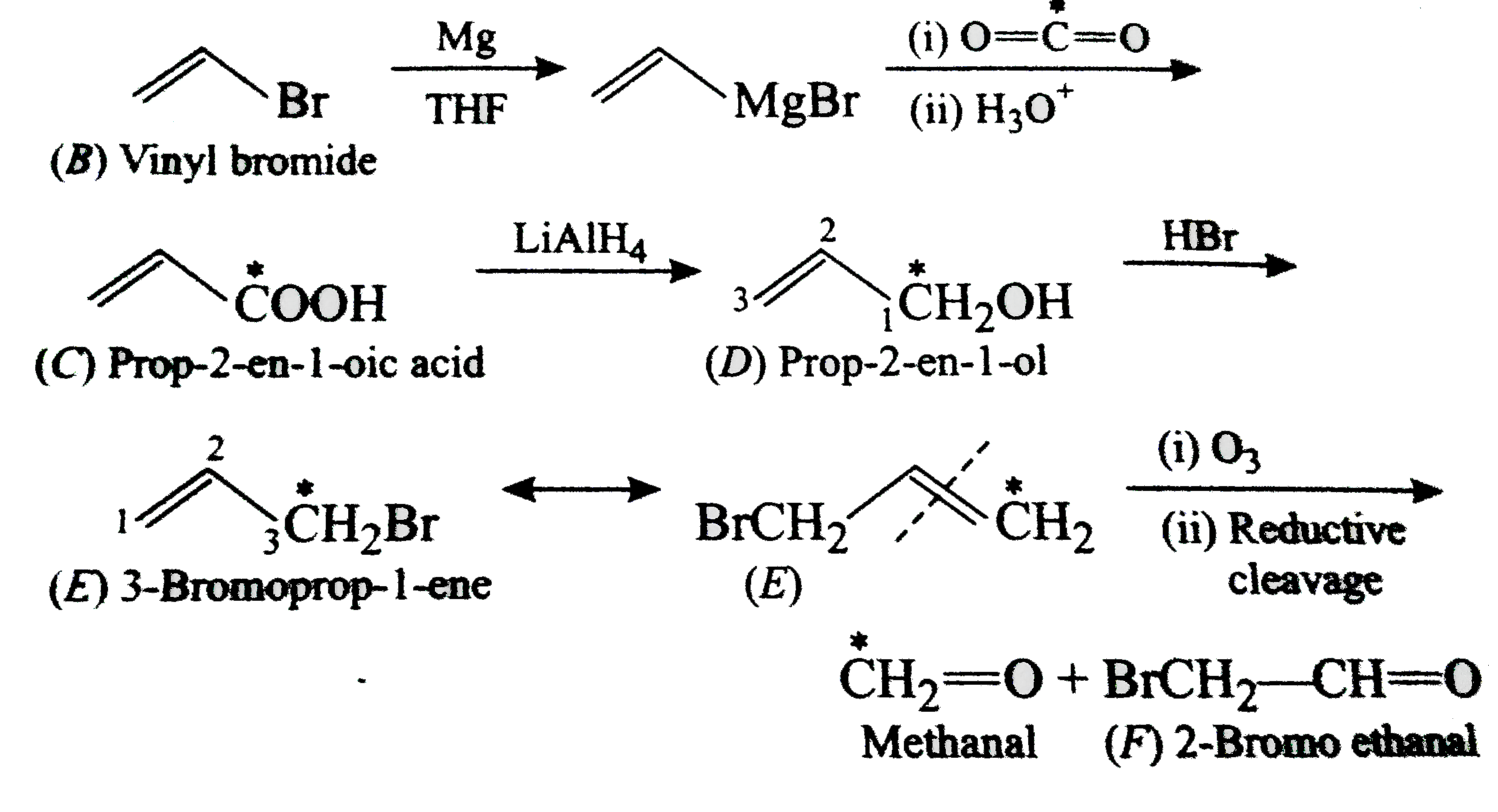Identify (A) to (F) and mark the C⋆ carbon in the entire scheme :
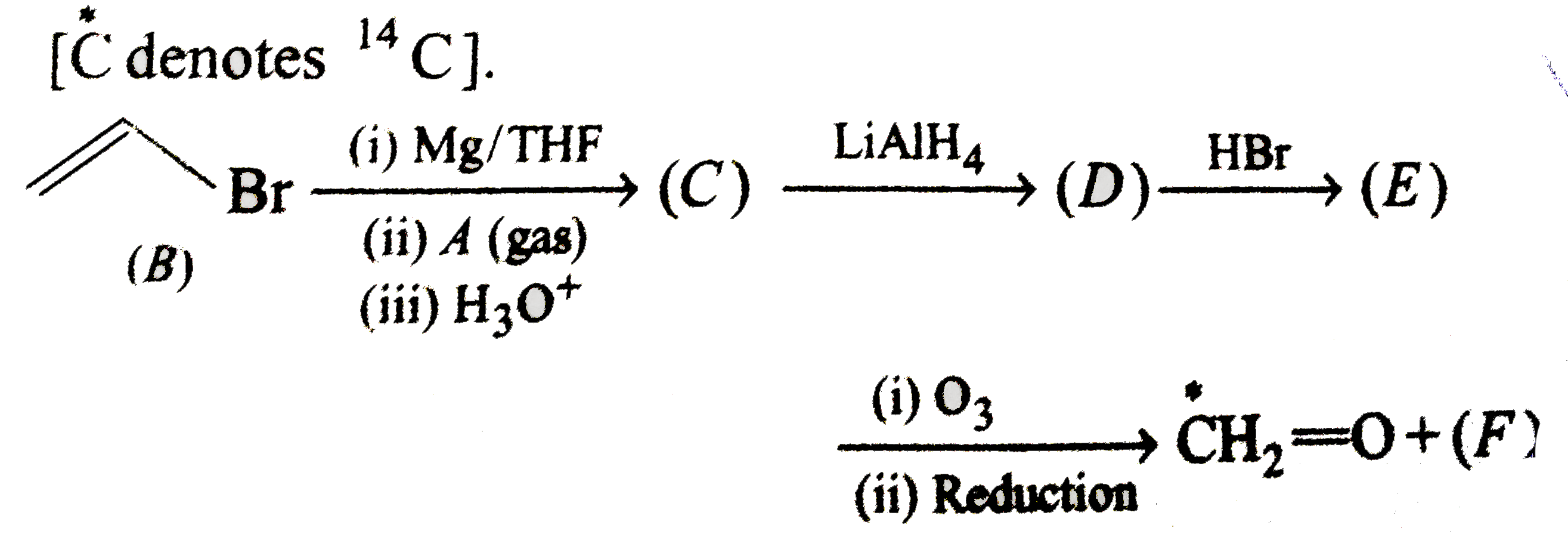
Topper's Solved these Questions
- BOOK - OP TANDONCHAPTER - HALOALKANES AND HALOARENES EXERCISE - Matching type2videos
HALOALKANES AND HALOARENES
- BOOK - OP TANDONCHAPTER - HALOALKANES AND HALOARENES EXERCISE - Problems based on structure and properties18videos
HALOALKANES AND HALOARENES
- BOOK - OP TANDONCHAPTER - HALOALKANES AND HALOARENES EXERCISE - Problem11videos
HALOALKANES AND HALOARENES
- BOOK - OP TANDONCHAPTER - ELECTROCHEMISTRYEXERCISE - Matrix-Matching Type Question3videos
ELECTROCHEMISTRY
- BOOK - OP TANDONCHAPTER - ISOMERISM (STRUCTURAL AND STEROISOMERISM)EXERCISE - INTEGER7videos
ISOMERISM (STRUCTURAL AND STEROISOMERISM)
Similar Questions
Identify (X),(Y) and (Z) in the following synthetic scheme and write their structures.Explain the formation of labelled formaldehyde (H2C∗O) as one of the products when compound (Z) is treated with HBr and subsequently ozonolysed .Mark the C∗ carbon in the entire scheme .
BaCO3+H2SO4→(X) gas [C∗ denotes C14]
CH2=CH−Br(i)Mg ether−−−−−−−−→(ii)(iii)H3O+X(Y)LiAIH4−−−−→(Z)View SolutionIdentify Z+Y in the following synthetic scheme and write their structures. Explain the formation of labelled formaldehyde (H2C∗O) as one of the products when compound (Z) is treated with HBr and subsequently ozonolysed. Take C∗ as carbon in the entire scheme.
BaC∗O3+H2SO4→X(C∗=C14)
 .View Solution
.View Solution
Knowledge Check
- Question 1 - Select One
Identify the given diagrams and mark the correct option-
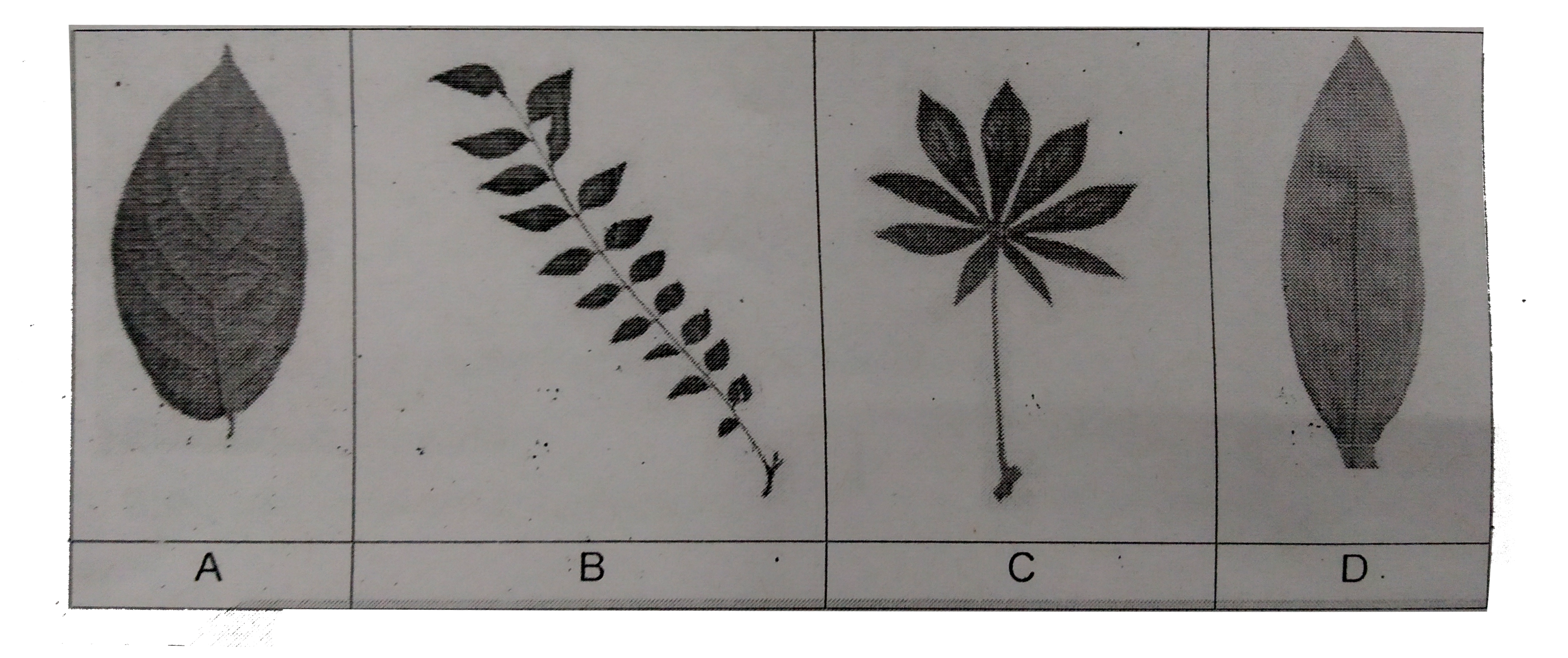 AA, D are compound while B, C are simple leavesBA, D are simple while B, C are compound leavesCA, B are simple while C, D are compound leavesDA, B are compound while C, D are simple leaves
AA, D are compound while B, C are simple leavesBA, D are simple while B, C are compound leavesCA, B are simple while C, D are compound leavesDA, B are compound while C, D are simple leaves - Question 2 - Select One
Identify the parts marked as A,B and C in the given figure showing ATP synthesis thorugh chemiosmosis.
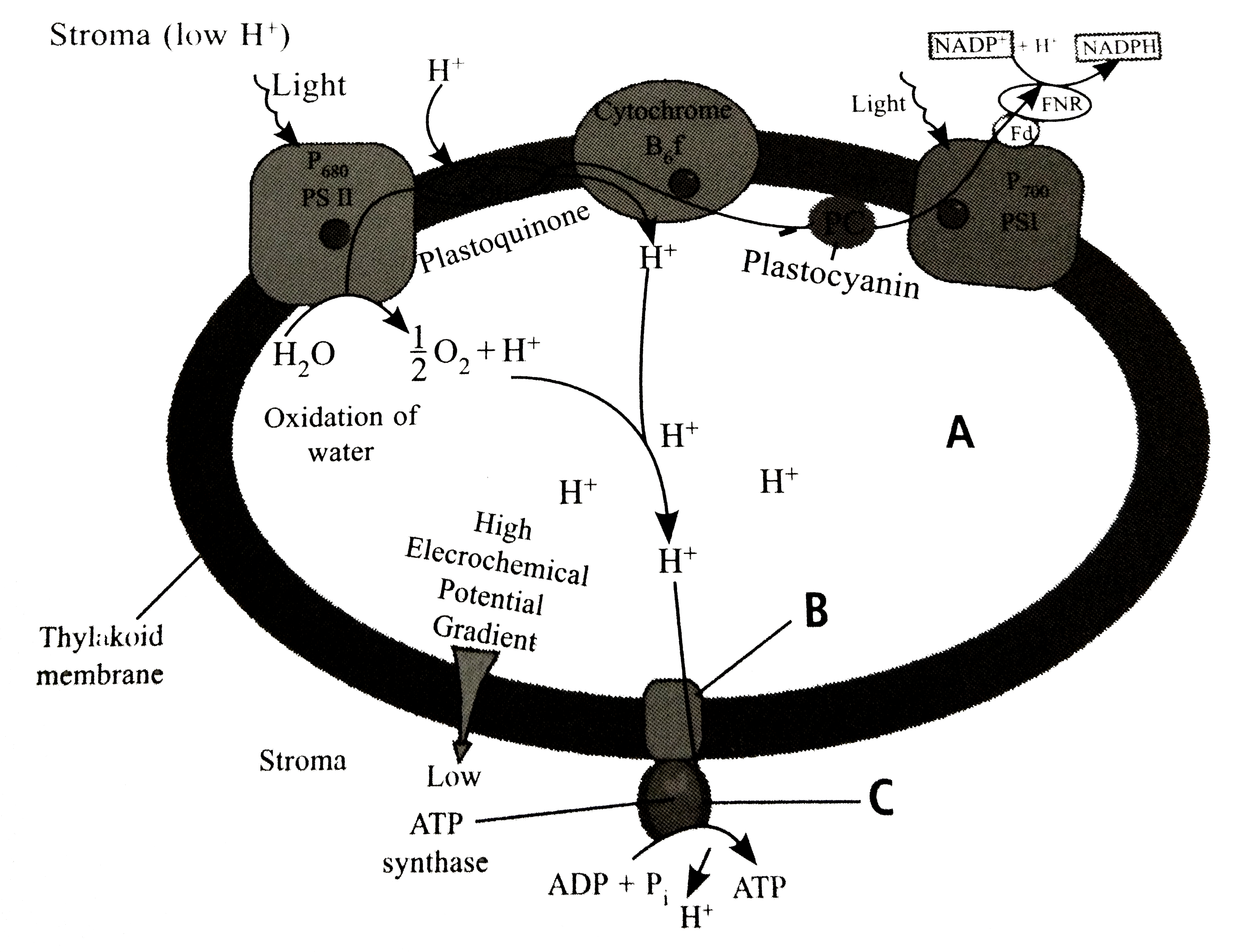 AABCThylakoid lumenCF0CF1BABCThylakoid lumenCF1CF0CABCChloroplast lumenCF0CF1DABCChloroplast lumenCF1CF0
AABCThylakoid lumenCF0CF1BABCThylakoid lumenCF1CF0CABCChloroplast lumenCF0CF1DABCChloroplast lumenCF1CF0 - Question 3 - Select One
Mark the steel in which carbon % is highest
AMild steelBHard steelCAlloy steelDNone of these
Identify (X),(Y), and (Z) in the following synthetic scheme and write their structures.

Is the compound (Z) optically active? Justify your answer.View SolutionIdentify (A) to (G) in the following reaction scheme:
 View Solution
View Solution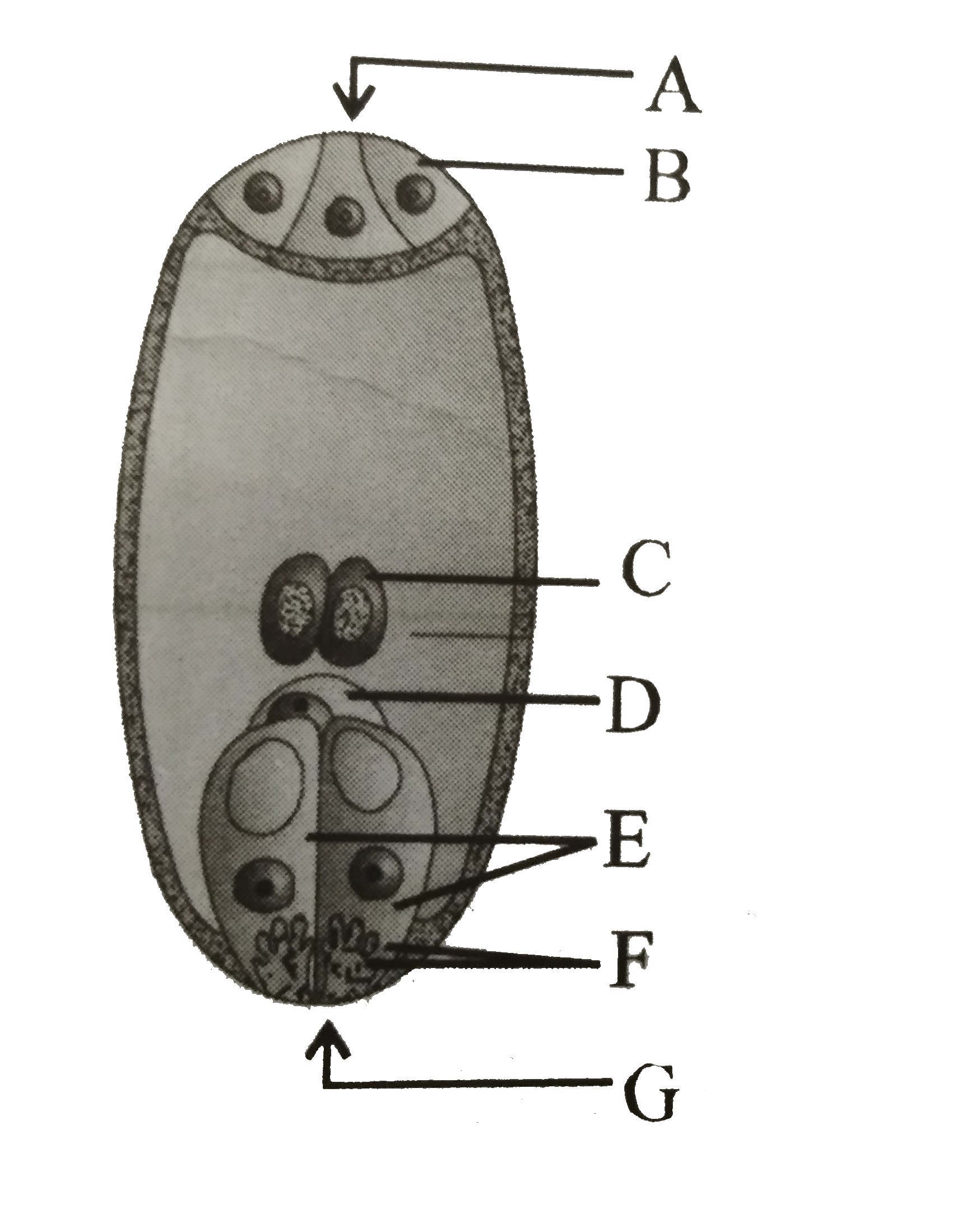
Identify A, B, C, D, E, F,GView SolutionIdentify the part of seed marked as A.
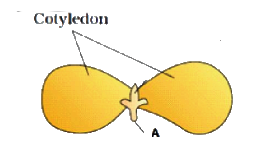 View Solution
View SolutionIdentify (A) in the following scheme.
 View Solution
View Solution


